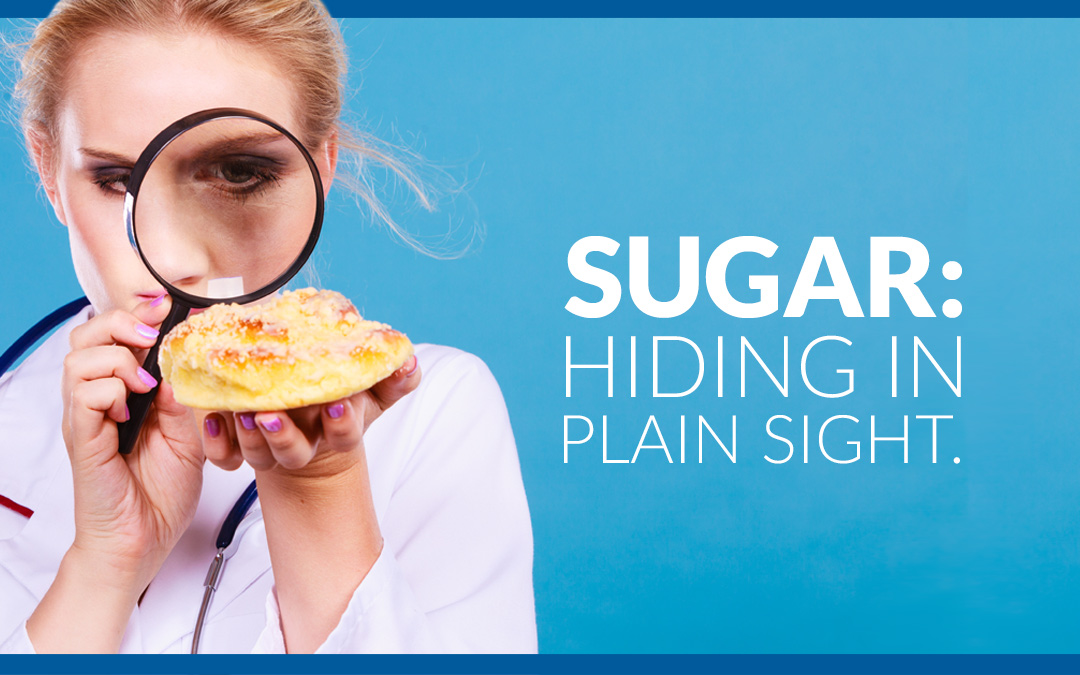Sugar: Hiding in plain sight
Most of us are aware that sugar is bad for our waistline and our health. We also know the obvious culprits are soda, candy, pastries, sugary cereals and ice cream. But sugar is hiding out in places many of us would not expect. Sometimes, what we think of as “healthy” choices are in fact loaded with sugar. Take fruit juice, for example. The sugar content in most fruit juices is often equivalent to soda. Many parents don’t let their children drink soda, but don’t think twice about packing juice boxes in school lunches. At first glance, cutting out sugar seems simple, but because it is often a hidden ingredient in many of our everyday processed foods it can get confusing determining which foods have sugar. We’ve listed some of the sneakiest sweet culprits below:


Barbecue sauce, teriyaki sauce and ketchup are tasty condiments, but even used sparingly they can cause you to blow your sugar budget quickly. Per tablespoon, barbecue sauce contains about 10 grams of sugar and teriyaki sauce has three grams. Also, did you know that one bottle of ketchup is comprised of roughly one-fourth sugar?
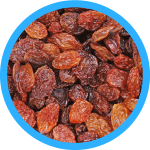
Dried fruit sounds healthier than eating candy. However, a moderate 1/3 cup serving can contain 16 grams of sugar. Dried cranberries are especially high – 1/3 cup serving has 26 grams.
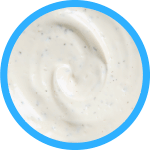
Salad dressings, especially the reduced fat or fat-free variety, often contain excess sugars to compensate for lowered fat content. Many of these salad dressings are loaded with sugar, some up to 6 grams in just one tablespoon.
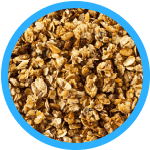
Granola can contain as much as 24 grams of sugar per one cup serving, not to mention a whopping 598 calories. Tastes like dessert? Well, that’s because it might as well be.
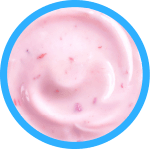
Fruit flavored yogurt can contain as much sugar as ice cream. Some of these yogurts contain as much as five teaspoons of sugar in each cup!
Sugar can have an impact greater than just excess calories and weight gain. Research links excess sugar consumption with elevated blood sugar and insulin resistance, which can lead to obesity, heart disease and Type 2 diabetes. The American Heart Association (AHA) recommends limiting the amount of sugar to 100 calories per day for women and 150 calories per day for men – about 6 teaspoons (24 grams) and 9 teaspoons (36 grams) daily, respectively. Typically, Americans take in about 20 teaspoons of sugar a day. Since a can of soda contains about 11 teaspoons of added sugar, you easily can see why we are exceeding guidelines. So how do we curb the sugar – or better yet, kick it to the curb?
To know the truth about just how much of it you are taking in, it’s important for you to be a sugar sleuth by reading food labels at the grocery store. It’s good to know that several added sugars can be used in a single product. Keep in mind is that food labels measure sugar in grams, so it’s good to know that one teaspoon of granulated sugar equals 4 grams. Even the most attentive label reader can be deceived, know the alternative name for sugars you should avoid:
And remember, if sugar is in the top five ingredients, you should probably leave it on the shelf!
